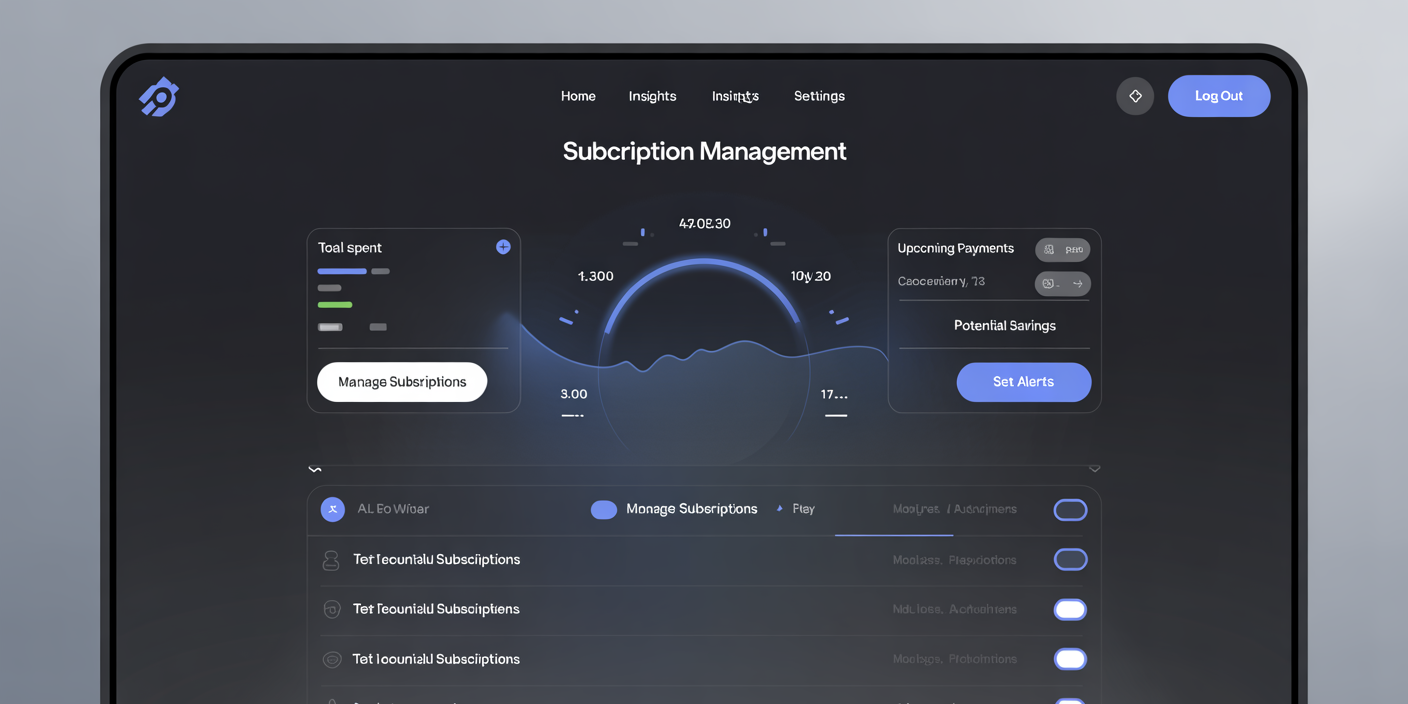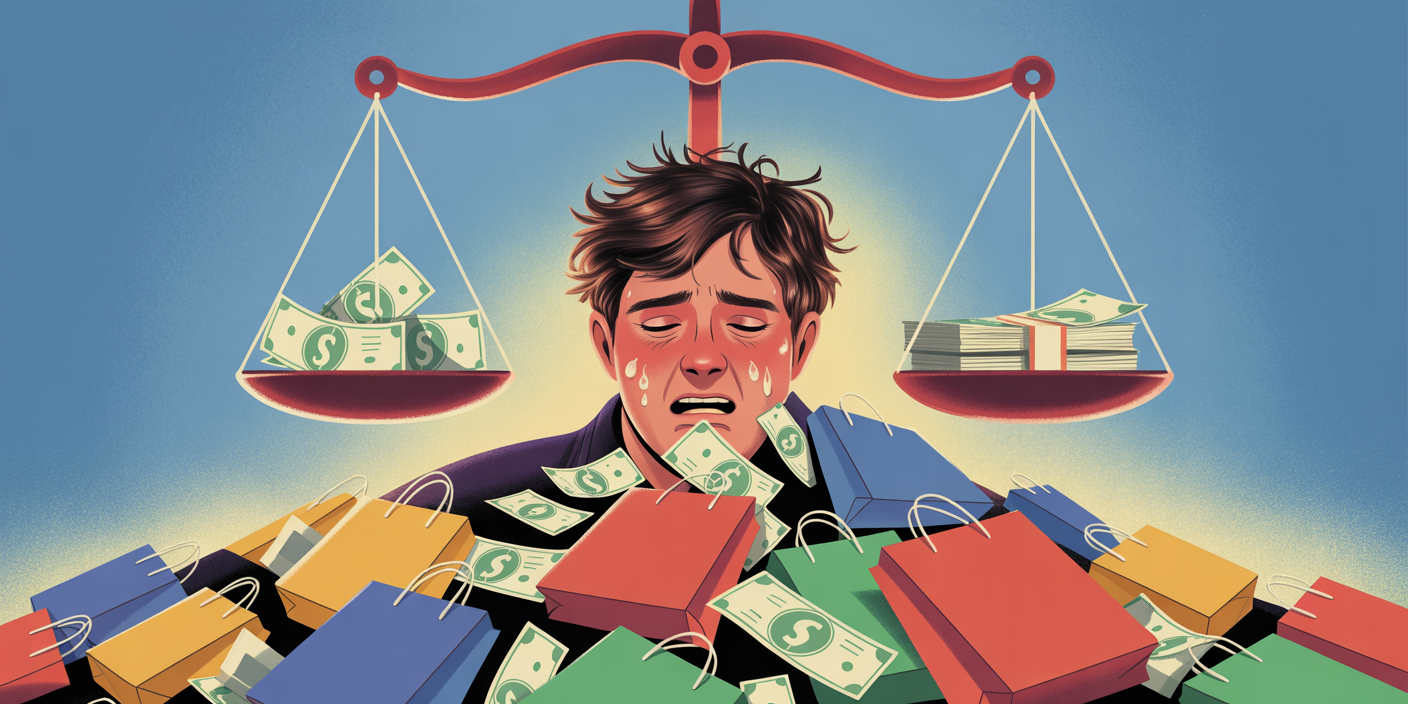Personal Finance Comprehensive Guide to Building an Emergency Fund in 2025
Anúncios
In today’s fast-changing economic landscape, having a robust emergency fund is more critical than ever. With inflation trends, evolving job markets, and global uncertainties, financial security hinges not just on income but also on preparedness. For 2025, building an emergency fund is a cornerstone of sound personal finance management, offering peace of mind and a safety net during unforeseen circumstances. This guide delves into the essentials of creating and optimizing your emergency fund, ensuring you are financially equipped for whatever challenges the new year brings.
Understanding the Importance of an Emergency Fund

An emergency fund is a stash of money specifically set aside to cover unexpected expenses such as medical emergencies, job loss, car repairs, or sudden home maintenance. Unlike regular savings or investments, this fund is liquid and easily accessible, exclusively reserved for unforeseen situations. According to a 2024 report by the Federal Reserve, nearly 41% of Americans would struggle to cover an unexpected $400 expense—they would need to borrow or sell something. This statistic highlights the critical role an emergency fund plays in financial resilience. Besides mitigating panic in financial emergencies, this fund prevents the accumulation of high-interest debt. For example, instead of relying on credit cards with average APRs exceeding 20%, families with emergency funds can avoid costly borrowing. Furthermore, having a financial buffer contributes positively to mental well-being by reducing stress during turbulent times, enabling individuals to focus on resolution rather than scrambling for money.
Anúncios

How Much Should You Save? Setting Realistic Targets for 2025
Determining the ideal size of your emergency fund depends on multiple factors such as monthly expenses, job stability, income sources, and personal responsibilities. Financial experts generally recommend saving between three to six months’ worth of living expenses. However, in uncertain economic climates and fluctuating employment markets anticipated in 2025, aiming for six to nine months can provide enhanced security.
Anúncios

For instance, a freelancer with variable income might need closer to nine months of expenses saved to buffer against lean periods. Conversely, a dual-income household with stable jobs might safely opt for three to six months. To calculate, add up your essential monthly expenses including rent or mortgage, utilities, groceries, transportation, insurance, and minimum debt payments.
The table below illustrates emergency fund targets based on monthly expenses:
| Monthly Essential Expenses | 3 Months Savings | 6 Months Savings | 9 Months Savings |
|---|---|---|---|
| $2,000 | $6,000 | $12,000 | $18,000 |
| $3,500 | $10,500 | $21,000 | $31,500 |
| $5,000 | $15,000 | $30,000 | $45,000 |
Establishing this target early not only guides monthly saving goals but also helps prioritize emergency fund contributions alongside other financial objectives.
Strategies to Build Your Emergency Fund Efficiently
Building an emergency fund demands commitment and strategic planning, especially when balancing other financial goals like debt repayment or retirement savings. A practical approach involves automating savings to ensure consistency. For example, setting up a direct deposit of 10-20% of your monthly paycheck into a separate high-yield savings account designed just for emergencies helps accumulate funds passively over time. Cutting discretionary expenses is another effective method. Simple lifestyle changes such as reducing dining out, postponing non-essential purchases, or renegotiating subscription services can free up significant cash flow. Take the case of Sarah, a teacher who cut her monthly spending by $300 by cooking at home and canceling unused memberships. Within a year, her emergency fund grew from $1,000 to over $4,000 without impacting her essential expenses. Additionally, consider supplementing your income through side gigs or freelancing. In 2023, the side hustle economy grew by 7%, reflecting an increasing trend of balancing primary income with part-time projects. Even modest extra earnings channeled fully into the emergency fund can dramatically enhance your financial buffer.
Optimal Place to Hold Your Emergency Fund
Choosing the right financial vehicle for your emergency fund is crucial for balancing liquidity, safety, and yield. A liquid savings account, such as a high-yield savings account (HYSA), is often the best choice, offering easy access without penalties and competitive interest rates. As of early 2025, several online banks offer HYSAs with annual percentage yields (APY) ranging between 4.5% and 5.0%, allowing the fund to grow passively. Alternatively, money market accounts or short-term certificates of deposit (CDs) with maturities under 12 months can yield higher interest but may restrict immediate access. Since the fund’s primary purpose is liquidity, avoid investing emergency reserves in stocks, bonds, or mutual funds due to market volatility and potential loss of principal during downturns.
The following table compares typical features of financial vehicles suited for emergency funds:
| Account Type | Accessibility | Interest Rate (APY) | Risk Level | Suitable For |
|---|---|---|---|---|
| High-Yield Savings | Immediate | 4.5% – 5.0% | Low | Primary emergency fund |
| Money Market Account | Same day or next day | 3.5% – 4.2% | Low | Emergency fund + flexibility |
| Short-term CD (<12 mo) | Penalty for early withdrawal | 4.8% – 5.2% | Low | Portion of emergency fund |
Splitting your emergency fund between a HYSA and a short-term CD laddering approach can optimize returns while maintaining liquidity.
Overcoming Obstacles and Staying Motivated
Consistency in saving can be challenging, especially when income fluctuates or unexpected expenses arise before the fund is fully established. One common obstacle is the temptation to tap into the emergency fund for non-emergencies, diluting its purpose. To combat this, clearly define what qualifies as an emergency—typically expenses that cannot be postponed and directly impact your financial stability or health. Leveraging technology can also help maintain motivation. Several apps provide financial tracking, savings challenges, and automated transfers that reinforce saving habits. For example, apps like Qapital or Digit use behavioral nudges that round up purchases to the nearest dollar and transfer the spare change to a savings account, incrementally boosting emergency funds. Real-world example: Mike, a software engineer, struggled with inconsistent saving patterns. By automating $200 monthly transfers and using a budgeting app to monitor progress, he accrued a $7,200 emergency fund in just three years without noticeable strain on his lifestyle.
Future Perspectives: Trends and Innovations Impacting Emergency Funds
Looking ahead, several emerging trends in personal finance and technology will influence how emergency funds are managed in 2025 and beyond. One significant development is the continuing integration of artificial intelligence (AI) into budgeting and financial advice. Personalized AI-driven apps can now analyze spending patterns and recommend optimized saving plans tailored to individual behavior and economic context. Additionally, the rise of decentralized finance (DeFi) platforms may eventually offer new, secure ways to hold emergency funds while earning yields higher than traditional banking products. However, these come with enhanced risk profiles requiring users to have greater financial literacy. Economic forecasts for 2025 suggest persistent inflationary pressures with the US Consumer Price Index (CPI) expected to moderate around 3% annually. This has a direct effect on the purchasing power of emergency funds and underscores the importance of consistently contributing to keep pace with rising living costs. At a societal level, growing awareness of financial resilience is encouraging employers to offer emergency savings programs or on-demand pay, helping workers build reserves without delays. Hybrid employment models may also drive demand for more personalized financial products. In conclusion, the landscape of emergency funds in 2025 reflects a blend of traditional best practices enhanced by technological tools and innovative financial instruments. By setting clear goals, implementing disciplined saving strategies, and leveraging appropriate financial vehicles, individuals can fortify their economic security and navigate uncertainty with confidence. Regular review and adjustment of your emergency fund will ensure that this vital financial foundation remains robust and relevant in the years ahead.



Post Comment